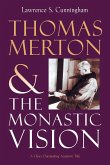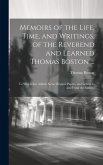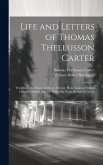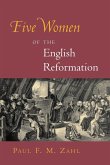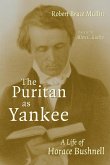In the spring of 1534, Thomas More was taken to the Tower of London, and after fourteen months in prison, the brilliant author of Utopia, friend of Erasmus and the humanities, highly respected judge, family man, and former Lord Chancellor of England was beheaded on Tower Hill. Yet More wrote some of his best works as a prisoner, including A Dialogue of Comfort against Tribulation and a commentary on the agony of Christ (De tristitia Christi). His last letters, too, are works of art that are both historically important and religiously significant. The Last Letters of Thomas More is a superb new edition of More's prison correspondence, introduced and fully annotated for contemporary readers by Alvaro de Silva. Based on the critical edition of More's correspondence, this volume begins with letters penned by More to Cromwell and Henry VIII in the spring of 1534 and ends with More's last words to Margaret Roper, his daughter, on the eve of his execution, July 6, 1535. More writes on a host of topics — prayer and penance, the right use of riches and power, the joys of heaven, the challenges of maintaining moral virtue, and much more. These letters also reveal much about More himself, especially his understanding of "conscience." The strength of his conscience was reinforced by the Word of God coming in all its power through Scripture, and by remembering all the faithful of the church. In his vivid imagination of that glorious "company of saints," More found the courage to follow his conscience even unto death. "It is a case," he wrote, "in which a man may lose his head and yet have none harm, but instead of harm inestimable good at the hand of God." Providing a rich complement to these letters is de Silva's commentary. In it he throws light on the literary works that More wrote in prison, and explores the religious and political conditions of Tudor England. And always he reminds us of More — of the man whose unshakable faith and shining example draw us to him today.
Bitte wählen Sie Ihr Anliegen aus.
Rechnungen
Retourenschein anfordern
Bestellstatus
Storno



